Arctic animals include mammals such as the polar bear, Arctic fox, Arctic hare, caribou / reindeer, musk ox and wolverine; aquatic mammals such as the orca / killer whale, narwhal, beluga whale, walrus and numerous seal species; and birds such as the ptarmigan, bald eagle, Arctic tern and puffin.
On this page, you'll find pictures and facts on these and many other Arctic animals.
Despite being one of Earth's most hostile environments, the Arctic is home to many different species. Many of the Arctic animals on this list have special adaptations that enable them to live either on the frozen Arctic tundra or in the icy waters surrounding the North Pole.
Examples of animal adaptations for living in the Arctic include:
- thick, multi-layered coat;
- fur that changes color with the seasons (providing camouflage against the snow in winter, and the rocky tundra in the summer);
- layers of body fat to provide insulation;
- seasonal migration between feeding and breeding grounds;
- hibernation during the coldest months of the year;
- large body size (with a proportionally smaller surface area through which heat can be lost);
- small extremities (such as ears, nose, etc.) through which heat can be lost.
This list of Arctic animals includes not only species that live within the Arctic Circle, but also those that live in the subarctic (the area immediately south of the Arctic Circle).
You can click on the pictures to discover more facts and figures about many of the animals.
- View / download a FREE Arctic animals worksheet for this page here: Free Printable Worksheets.
- Want to know more about the Arctic? You'll find all of the facts on this page: Arctic Facts.
- Want to see animals from the South Pole? Check out this page: Antarctic Animals
- Become an animal expert!: Animals: The Ultimate Guide to the Animal Kingdom.
Arctic Animals List
A list of Arctic animals with pictures and facts. Click on the pictures or follow the links for further information about an animal.
Arctic Fox
The Arctic Fox has several adaptations for living in the Arctic environment. The most obvious of these is its thick fur, which changes color from brown in the summer to white in the winter. The fox's coat provides both insulation and camouflage.
- You can find out more about the Arctic fox here.
Arctic Ground Squirrel
This small Arctic rodent is found in Alaska, Canada and Russia. In order to survive the harsh northern winter, it hibernates in a burrow.
In fact, the Arctic ground squirrel has one of the longest hibernation periods of any animal, remaining inactive for two thirds to three quarters of the year!
- Find out more about this species here: Arctic Ground Squirrel Facts
Arctic Hare
Arctic Hares have smaller noses and ears than other hares; this prevents heat from being lost from these uninsulated areas. 20% of their body is fat - another adaptation for living in extreme Arctic conditions.
However, all that additional insulation doesn't slow them down. These speedy lagomorphs* are able to reach speeds of up to 60 km/h (40 mph)!
* A lagomorph is a member of the order Lagomorpha, the animal group that contains hares, rabbits and pikas.
- You can find out more about Arctic hares here: Arctic Hare Facts.
Arctic Tern
The Arctic Tern is one of nature’s true voyagers. Flying over 19,000 km in a year, these incredible birds see more daylight hours than any other creature, and experience two summers every year.
Arctic Wolf
The Arctic Wolf is found in Canada’s frozen north. This Grey Wolf subspecies is smaller than the similar North-Western Wolf (another wolf subspecies) and has narrower features.
Believe it or not, the Arctic wolf is the same species as your pet dog! Domestic dogs and Arctic wolves are both subspecies of Grey wolf, Canis lupus.
Due to its Arctic habitat, the Arctic Wolf has been hunted by humans less than other wolves.
Bald Eagle
The Bald Eagle is both the national bird and the national animal of the USA. It is found not just in the Arctic, but also in a variety of other habitats throughout North America, from Canada to northern Mexico.
The bald eagle is a member of the genus Haliaeetus, a group of eagles also known as 'sea eagles'. Fish forms the majority of the bald eagle's diet.
- You can read more about bald eagles here.
Beluga Whale
The pure white color of the beluga whale provides camouflage when it is swimming under the Arctic ice.
- Learn more about Beluga whales here: Beluga Whale Facts.
Caribou / Reindeer
Caribou are also known as reindeer, especially in Europe. These hardy animals have several adaptations for living in a cold-climate, including enlarged chambers in the nose (to warm up the cold Arctic air) and hooves that get both smaller and harder in the winter – providing improved grip in the ice and snow.
Herds of caribou in North America make the longest migration of any land mammal.
- Find out more about caribou here: Caribou Facts.
Dall Sheep
The Dall Sheep is found in Subarctic areas of Alaska and Canada. It lives in rocky, mountainous regions, and is an excellent climber.
- You can find out more about the Dall sheep here: Dall Sheep Facts
Ermine / Stoat
The Stoat, or Ermine, is a member of the weasel family. (The name ‘ermine’ is sometimes only used to refer to the animal while in its white winter coat.)
Although small, stoats are skillful hunters, capable of preying on animals (such as rabbits) considerably larger than themselves. Stoats will often live in the burrows of their victims rather than digging their own.
- You can find out more about the stoat here: Stoat Facts
Greenland Shark
Native to the North Atlantic Ocean around Canada and Greenland, Greenland sharks live further north than any other type of shark. Greenland sharks are rather slow swimmers and prefer to catch prey while it is sleeping. They also scavenge food left by other predators.
- Learn more about Greenland sharks here: Greenland Shark Facts.
Harp Seal
The harp seal is born with a yellow coat that turns white after three days. As the animal gets older it becomes silvery-grey.
Harp seals have a thick coat of blubber to keep them warm. Their flippers act as heat exchangers, cooling them down in the summer and warming them up in the winter.
- You can find out more about Arctic seals here: Arctic Seals List with Pictures & Facts
Lemming
Lemmings are small rodents with long, soft fur. They are herbivorous, and eat grasses, roots, and leaves. Lemmings remain active during the winters rather than hibernating. They stock up on grasses before the winter, and burrow under the snow to find food.
- You can learn more about lemmings here: Lemming Facts.
Moose
Moose are the largest members of the deer family. These large-antlered animals are most commonly found in Alaska, Canada, Russia, and Scandinavia. Moose are unique among deer in that they are solitary and don’t live in herds.
Although usually slow moving, moose can become agile and aggressive when frightened or angered.
- Discover more about moose here: Moose Facts.
Musk Ox
During the mating season, the male Musk Ox produces a musky odour to attract females, which is how the animals get their name. Musk Oxen have thick fur coats to keep them warm. Both males and females have long, curved horns.
- You can find out more about the musk ox here: Musk Ox Facts.
Narwhal
Narwhals are medium-sized whales with one highly distinguishing feature: a long tusk that projects from the front of their heads. The tusk is in fact an extended front tooth. Narwhals spend the whole year in the arctic waters surrounding Russia, Greenland, and Canada.
- You can read more narwhal facts here.
Orca
Also known as the killer whale, this toothed whale is a member of the dolphin family. Orcas have distinctive black backs and white chest and eye patches. Orcas prey on other marine creatures, often working in a group. Orcas are apex predators, having no natural predators themselves.
- Find out more orca facts here.
Polar Bear
No arctic animals list would be complete without the polar bear. Polar bears are marine mammals. They are able to swim long distances in cold waters and are also fast movers on the land. Polar bears are the largest type of bear.
- Find out more about these awesome Arctic animals here.
Ptarmigan
Ptarmigans have white plumage during the winter which provides camouflage against the snow. Ptarmigans feed on fruit and berries in the summer, and forage for food under the snow in winter.
Ptarmigans are also known as ‘rock ptarmigans’ and ‘snow chickens’.
Puffin
Puffins are birds that are built for swimming as well as for flying; their short wings propel them through the water as well as through the air.
Puffins have black and white feathers and brightly-colored bills. They spend most of their lives far out at sea, but for a few months each year gather on cliffs to form breeding colonies.
Ringed Seal
The ringed seal is the most common seal found in the Arctic. One of the smallest species of seal, it has a small, cat-like head and a plump body.
The ringed seal gets its name from its coat, which is brown with silver rings on the back and side. The ringed seal preys on small fish.
- You can find out more about the ringed seal here: Ringed Seal Facts
- You can find out more about Arctic seals here: Arctic Seals List with Pictures & Facts
Sea Otter
Sea otters are the heaviest mustelids (members of the weasel family, Mustelidae), but are one of the smallest marine mammals. Sea otters have thick fur coats for insulation, and they tend to spend more time in the water than on the land.
- Find out more about sea otters here.
Snow Goose
Snow geese raise their young in northern America and Canada at the start of summer, then migrate south in the winter.
Snow geese often stop to feed on crop fields during their migration. Their bills are adapted for digging roots out of the ground.
Snowshoe Hare
The snowshoe hare’s coat changes color from brown in the summer to white in the winter. This provides year-round camouflage.
The species gets its name from its large, furry-soled hind feed. They are adapted to prevent the hare from sinking into the snow.
- Find out more about the snowshoe hare here: Snowshoe Hare Facts.
Walrus
The walrus is easy to recognise with its long tusks and distinctive whiskers. These powerful animals used to be hunted for their meat and fat. This practice has now been banned in order to protect the species.
- Want to find out more about walruses? Click to visit our walrus facts page.
Wolverine
The wolverine has a well-deserved reputation for being a ferocious predator that isn't afraid to take on animals bigger than itself. Like the sea otter (see above), the wolverine is a member of the weasel (mustelidae) family.
- You can learn more about the wolverine here: Wolverine Facts.
Arctic Animals List: Conclusion
We hope that you've enjoyed this list of Arctic animals.
Now that you've met the region's wildlife, why not discover more about the Arctic itself? You'll find some incredible facts here: Arctic Facts.
You can find out about the animals of the South Pole here: Antarctic Animals Pictures and Facts.
Or, take a look at our other animal lists pages:

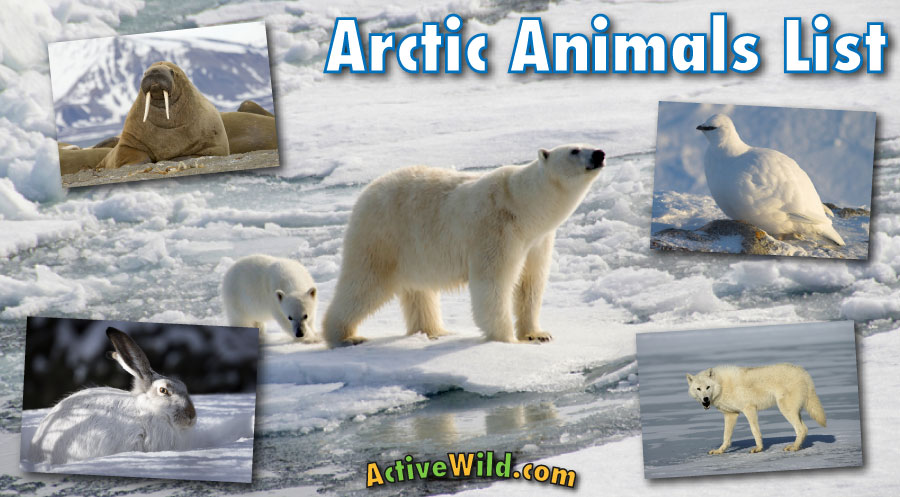
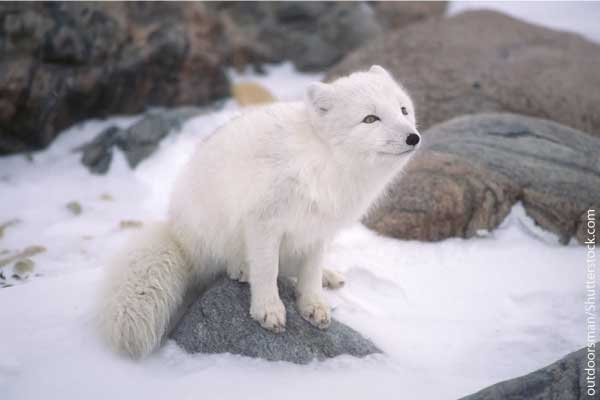
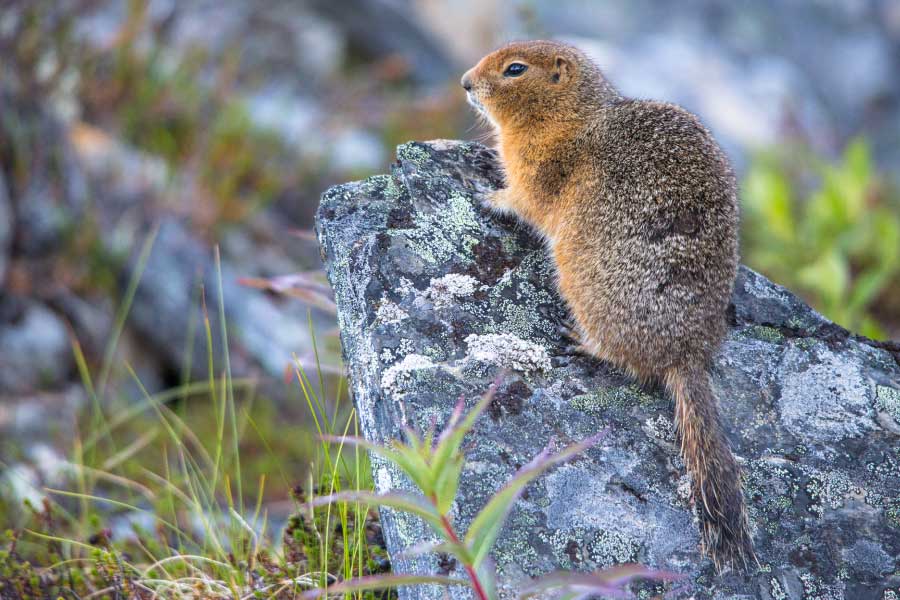
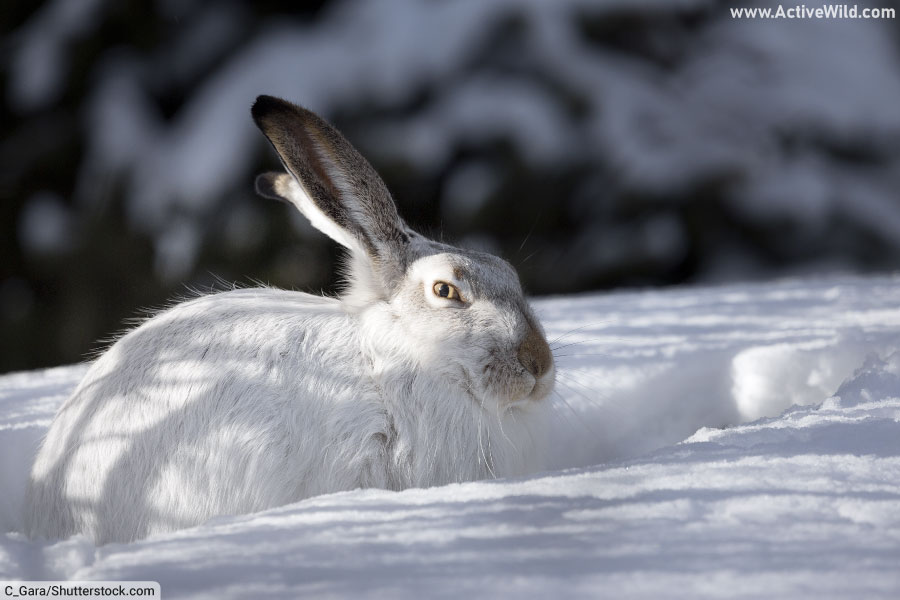
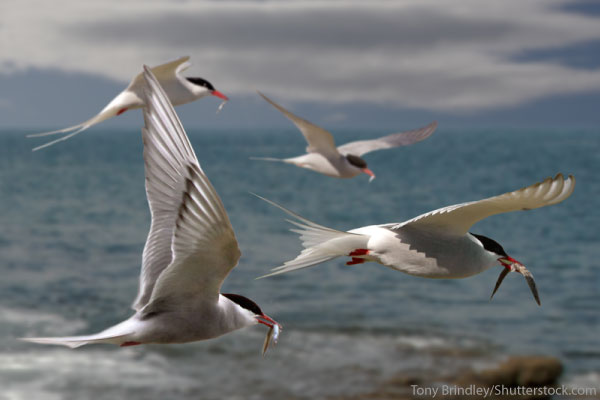
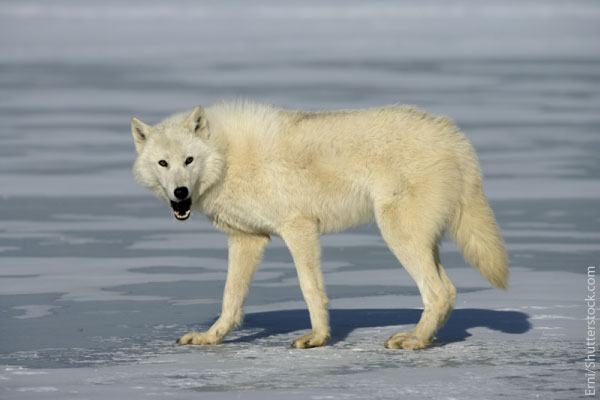

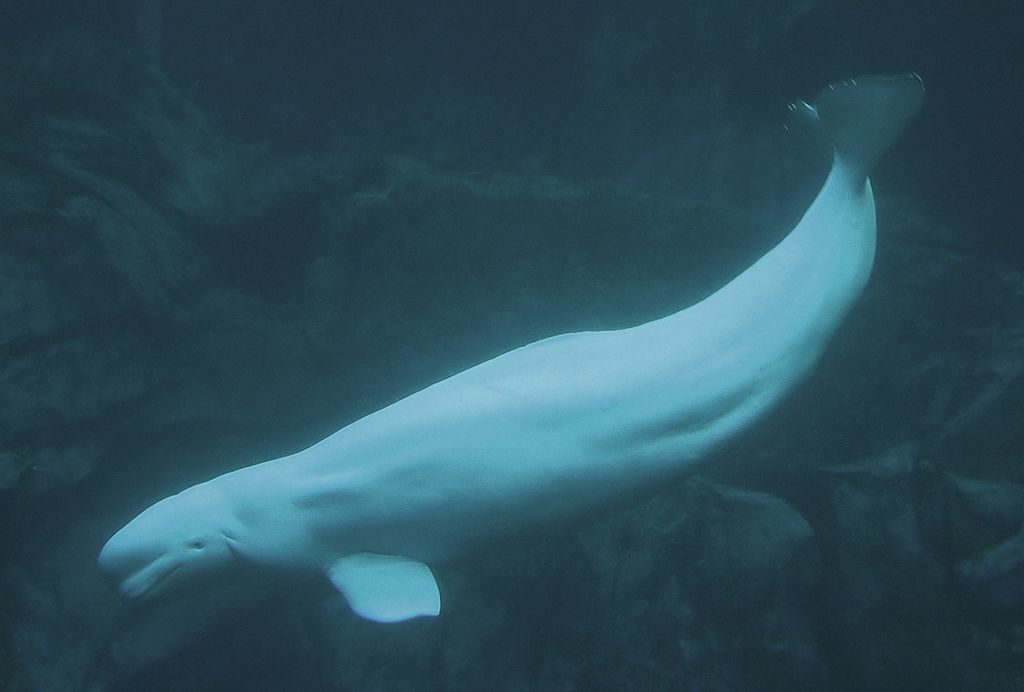
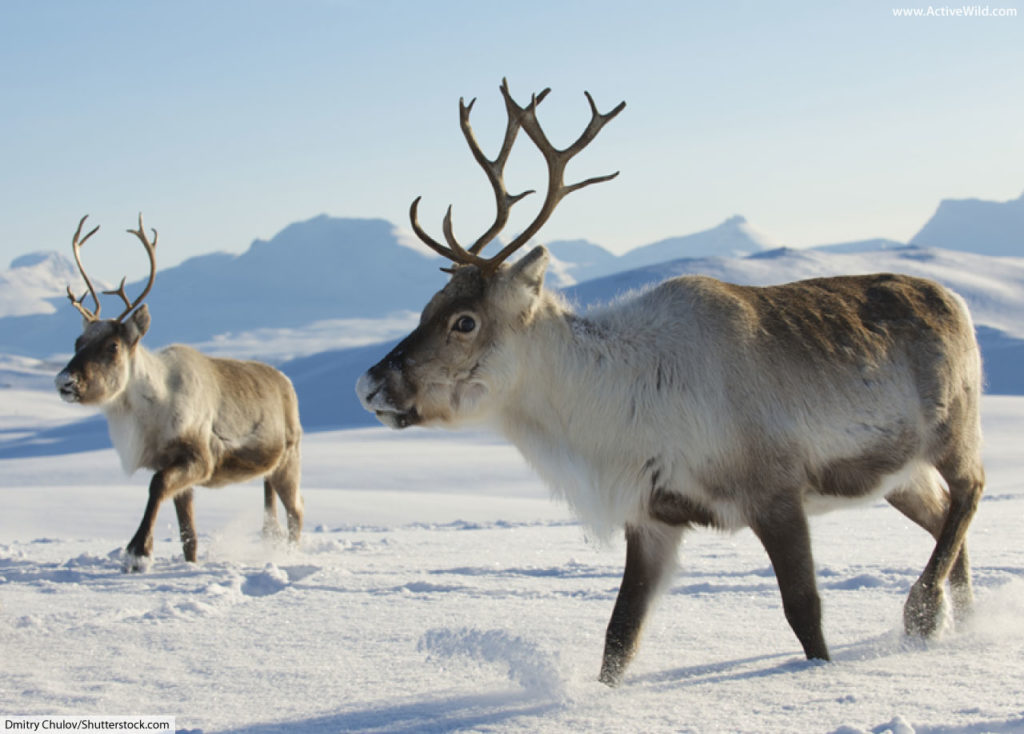
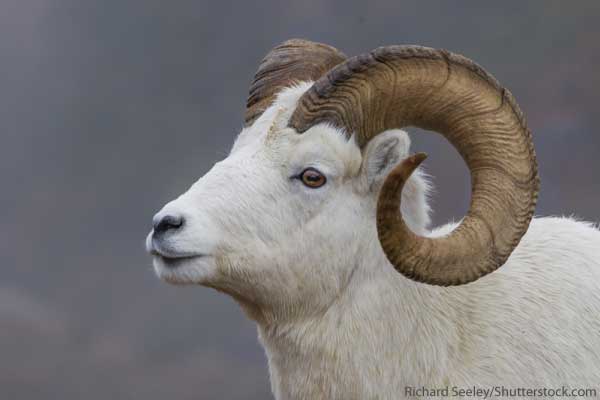
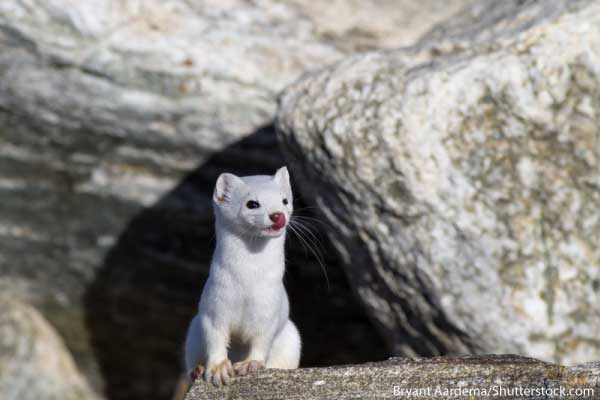
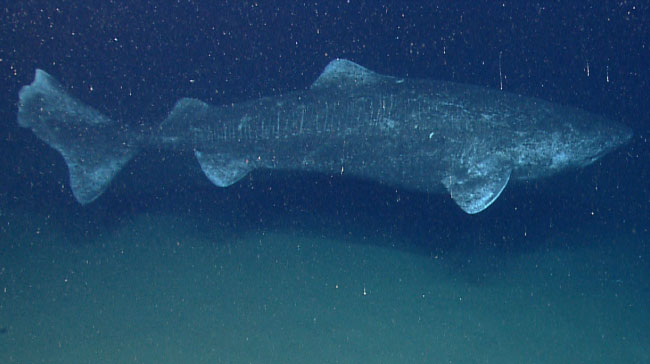
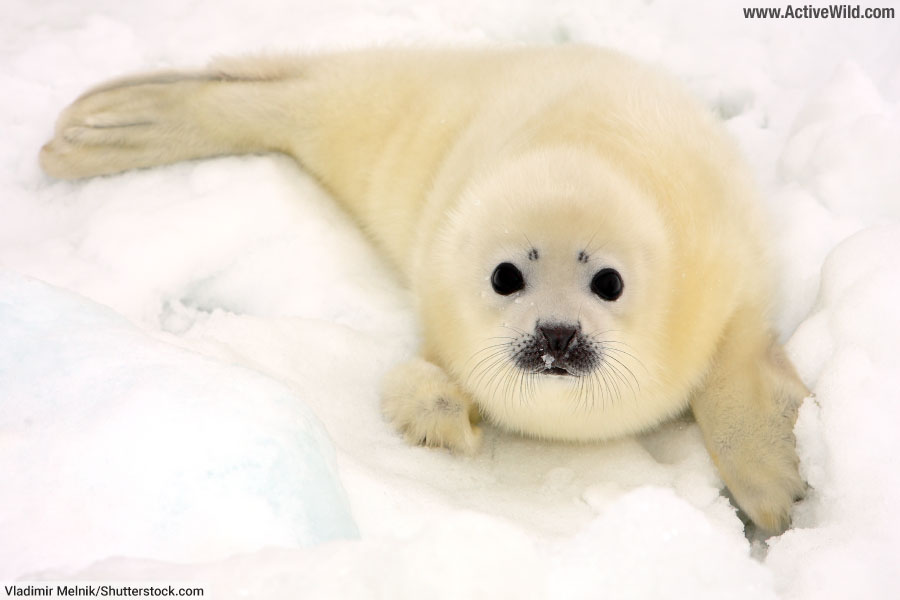
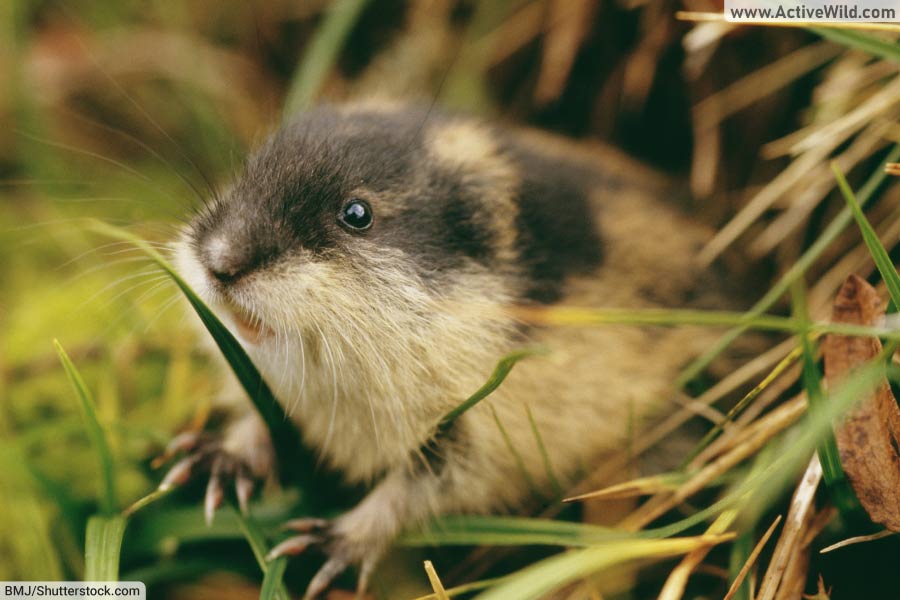

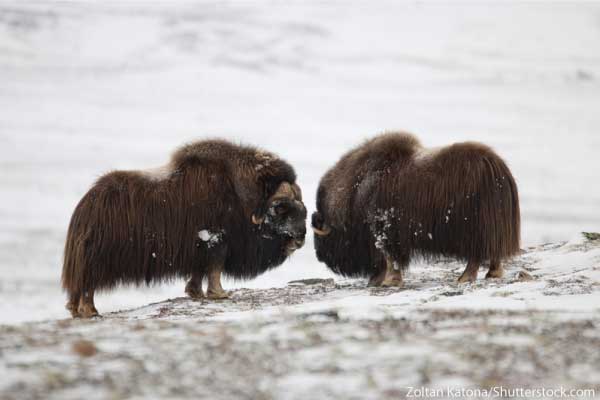
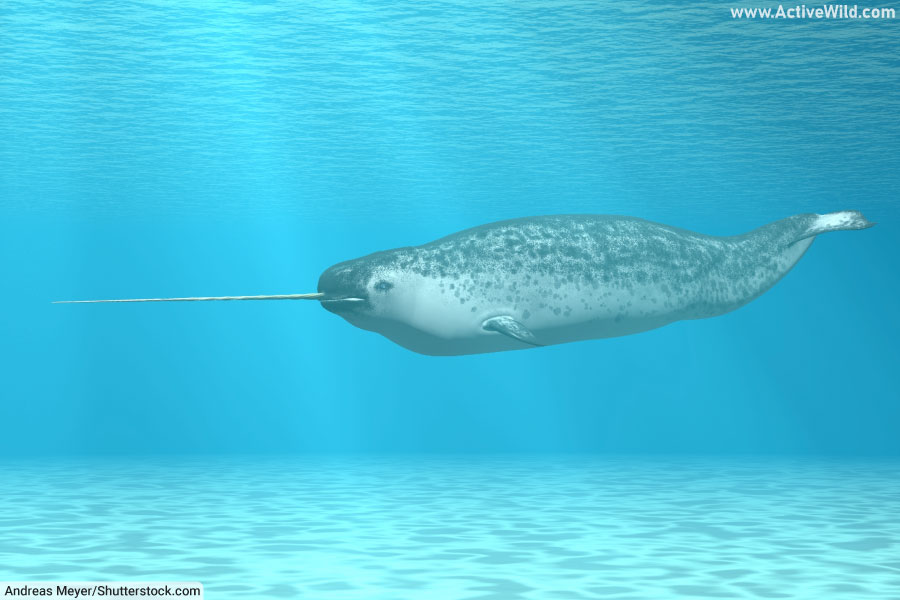
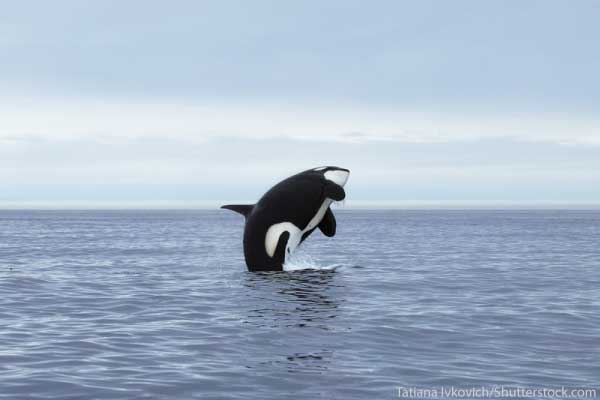

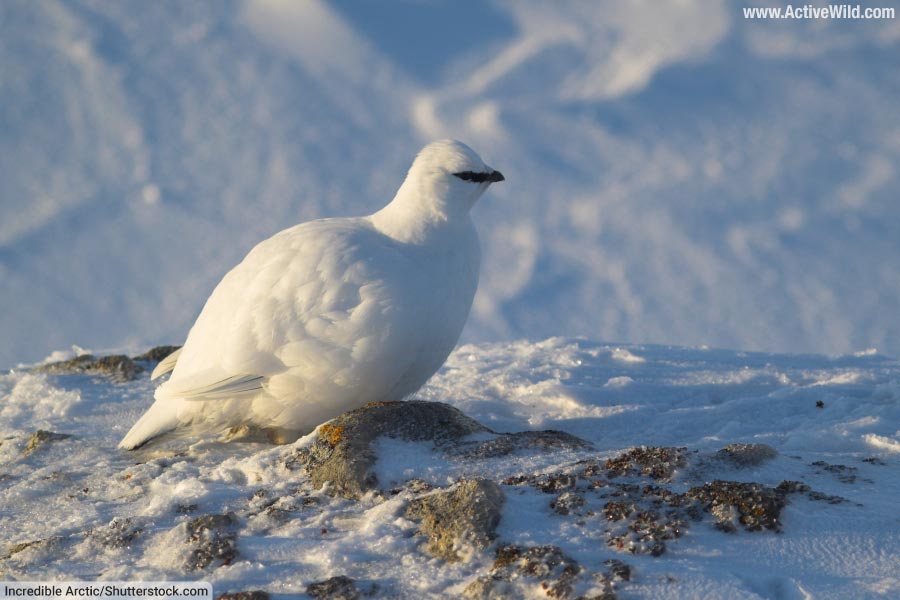
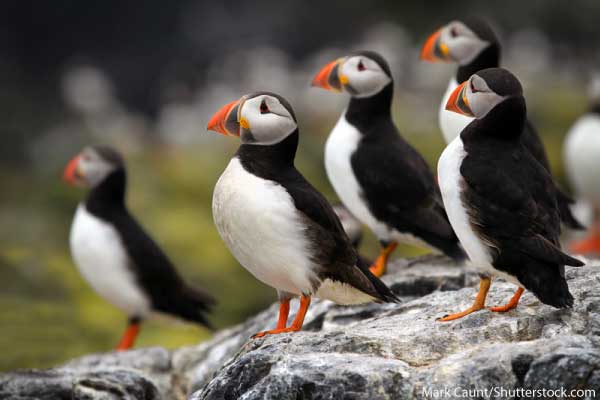
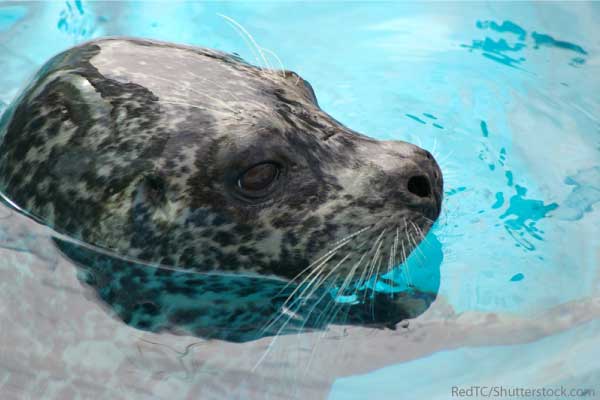
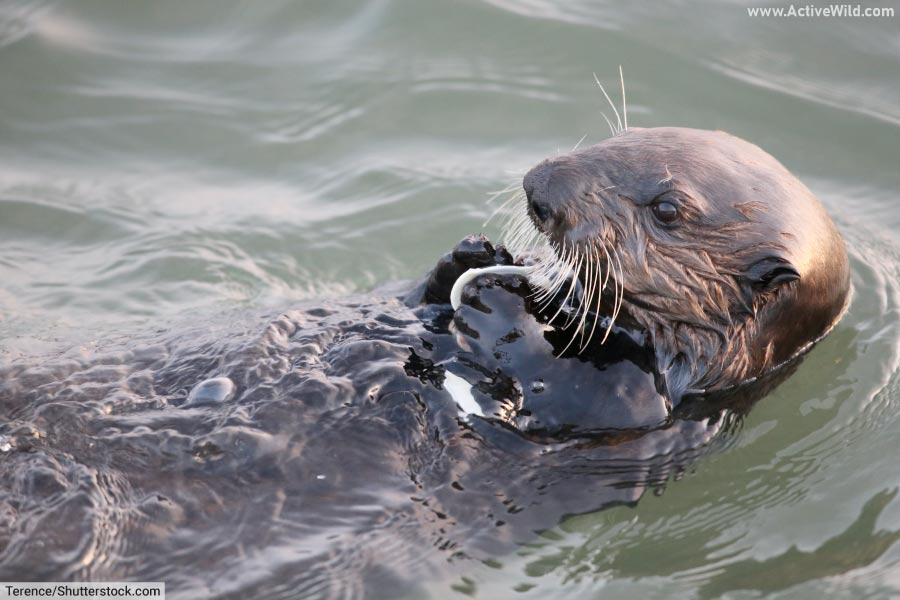
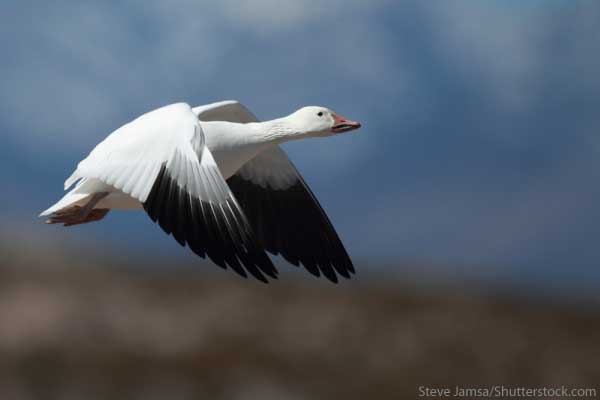
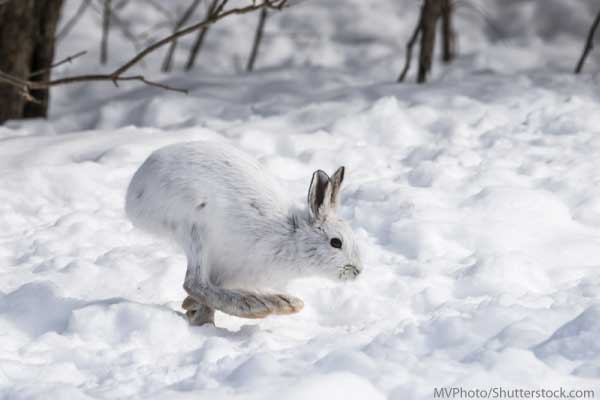
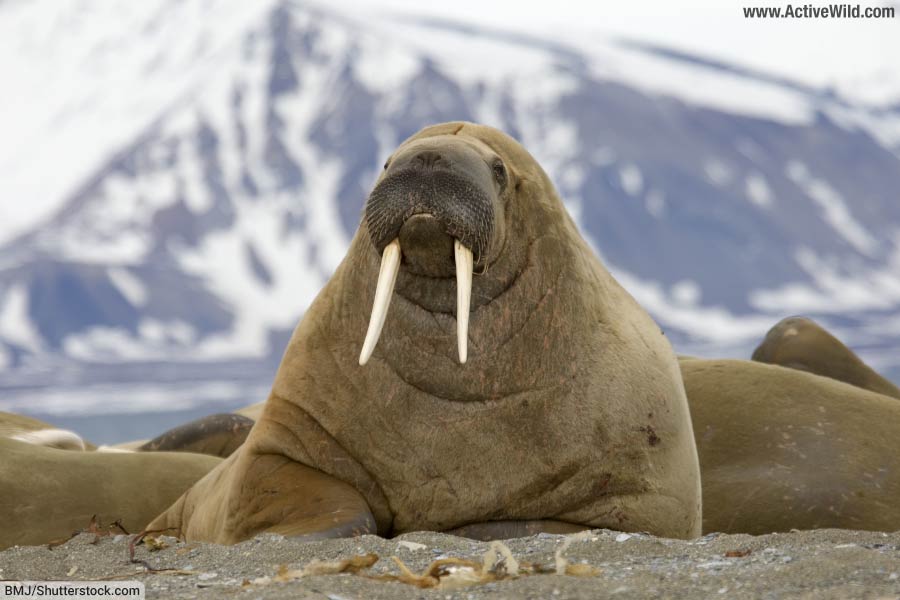
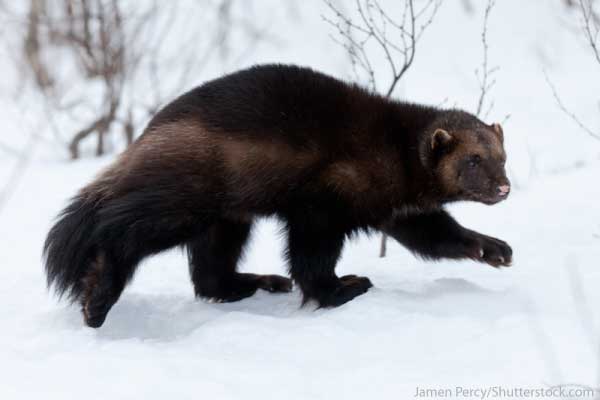

Thanks! This helped with my science homework😄( Cute pics too! My fav is the arctic wolf ❤️)
That’s great, thanks for stopping by! 👍👍👍
Is it possible to purchase coloured copies of some of the animals? My great grandson lives in the NWT in Canada and it is very difficult to find good pictures of animals that live in his area.
Thank you for your message. Unfortunately we don’t sell the photos because we licence many of them, rather than owning them ourselves.
I just used this to find cute animal pictures lol. and I succeeded
I have not heard about these animals before👏👏
THEY ARE SO CUTE ESPECIALLY THE BABY HARP SEAL!
Thanks this is for my project in E-Learning
Perfect website. 2020 covid-19
This website is really helpful! thanks a ton!!!
really helpful thanks a lot!!!!!!!!!!!!!!!
HELPED WITH LESSON AT MY SCHOOL
i need more animals plz
This helped me sooooooo much 😊😊😊😊
so good
🙂
best site ever
Yay i had a project in class and this helped alot thank you!
You’re welcome! 🙂
Useful for projects good Job!
this really helped me out with this SUPER important booklet i had to do about the Arctic thankyou sooo much! have a great day!
You’re welcome! Thank you for letting us know! 🙂
awesome animals
it helps my daughter do reports
That’s great! 🙂
nice job with everything
great website!!!!!!!!!!!!!!!!!!!!!!!!!
Thanks Sara! 🙂
Excellent resource for primary students. Thank you.
Hi Helen,
You’re welcome. Glad that you’re finding the site useful!
Good day. I’m a Preschool STEM teacher. As you know, children love animals. Here in January 2019, we’re learning about animals who live in ice & snow. This website was very helpful; short and to the point. THANK YOU!
You’re welcome! We wish you and your class every success in 2019!
Regards,
The Active Wild Team.
wow, this website is great it helps me so much and it saves me so much time I can just click on it and go I LOVE IT!
Thank you! We’re glad you like the site! 🙂